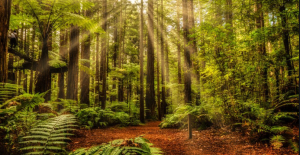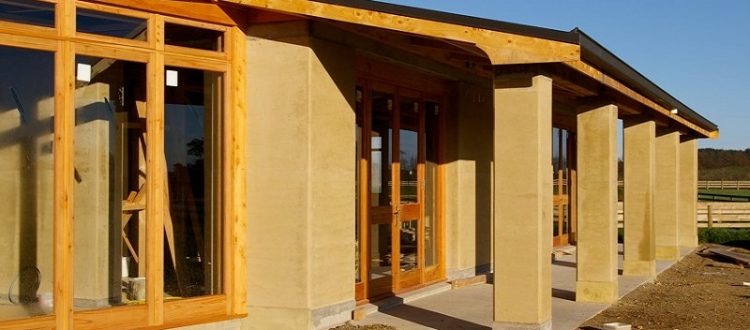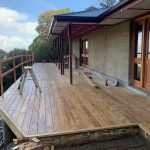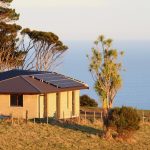A sustainable philosophy on wood
By Paul Geraets
Timber joinery has been a significant feature in our rammed earth homes. Of the approximately 90 earth homes that I’ve built, only two of these dwellings have used materials other than timber for their doors and windows.
We typically use three different timbers in our exterior joinery – macrocarpa for the frames, New Zealand grown Australian hardwood for the sills and New Zealand grown redwood for the doors and window sashes.
I’ve been using this nationally grown redwood for exterior joinery in our homes for the past 20 years with significant success. I have found that this timber, when sourced properly, produces stable, durable, high-quality doors and windows that need only a relatively simple maintenance schedule to last for generations.
The initial reasoning behind using New Zealand redwood was that I didn’t want to use aluminium, tanalised timber, imported timber or native timber.
Moving away from these four choices deserves a brief explanation;
- Aluminium – requires a large amount of energy to extract and refine.
- Tanalised timber – simply put, this process uses particularly poisonous/harmful substances that have been toxifying land used for treatment areas in our country for years.
- Imported timber – unsustainable diesel miles and questionable/unregulated forestry activity in other countries.
- Native timber – insufficient sustainable forestry and the encouragement of black market use (where illegally milled timber gets released into the market under the guise of sustainably milled native wood).
It is important when selecting the redwood to be used for exterior joinery, that it is clear of knots and comes from the heart of the tree, as opposed to the sapwood which is not durable.

Generally speaking, in New Zealand, the better redwood is grown in colder areas like the Central Plateau of the North Island. The last lot of redwood we used (link to Puhoi home on Flickr) was sourced from the Gisborne area and is among the best redwood I have encountered grown in New Zealand.
On the other hand, redwood sourced from the Waikato basin has been of rather poor quality with an abundance of dead knots that aren’t always visible prior to milling the log.
Once in place on finished home, it’s important to maintain a regular oiling schedule on the exterior doors and windows. Joinery with high UV (sun) exposure may need to be oiled as much as once a year whereas joinery sheltered from the sun (under a verandah or on the south side of the home) may only need oiling once every 4 to 6 years.
We have been using bio paint products exclusively now for the past 6 years now with very pleasing results. Painting the joinery is also a good option where exposure to the elements is particularly high, although this does come with a higher maintenance cost than oiling.
Feel free to ask any questions about our practice and process with wood, any time.



